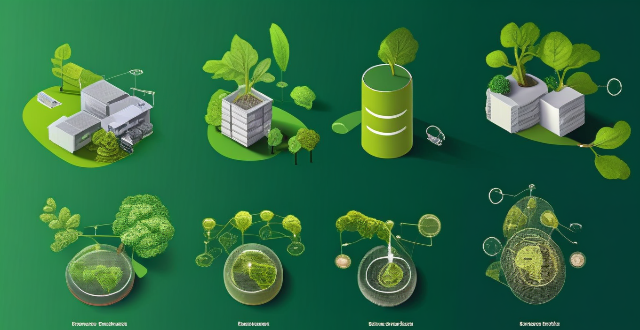Renewable energy credits (RECs) and incentives are crucial for promoting the adoption of green technologies. They offer economic benefits to individuals, businesses, and governments investing in renewable energy sources, making these technologies more financially attractive. RECs represent proof of electricity generated from renewable sources, while incentives can include tax breaks, grants, rebates, and feed-in tariffs. These mechanisms reduce upfront costs, provide long-term financial benefits, enhance market competitiveness, drive innovation, and foster environmental stewardship. Overall, RECs and incentives are essential for accelerating the transition towards a sustainable energy future.

Renewable Energy Credits and Incentives: A Catalyst for Green Technology Adoption
Renewable energy credits (RECs) and incentives play a pivotal role in encouraging the adoption of green technologies. These mechanisms provide economic benefits to individuals, businesses, and governments that choose to invest in renewable energy sources. By making green technologies more financially attractive, RECs and incentives help accelerate the transition towards a sustainable energy future.
What are Renewable Energy Credits and Incentives?
Renewable energy credits (RECs) represent proof that one megawatt-hour (MWh) of electricity was generated from an eligible renewable energy resource. Incentives, on the other hand, can come in various forms such as tax breaks, grants, rebates, and feed-in tariffs. Both RECs and incentives aim to make renewable energy projects more financially viable compared to traditional fossil fuel-based power generation methods.
How Do RECs and Incentives Influence Green Technology Adoption?
1. Reducing Upfront Costs
One of the primary barriers to adopting green technologies is their higher upfront costs compared to conventional energy solutions. Incentives like tax breaks and grants directly reduce these initial expenses, making renewable energy projects more accessible to a wider range of investors.
2. Providing Long-Term Financial Benefits
RECs offer ongoing financial rewards for producing renewable energy. By selling RECs, generators can recover some or all of their investment over time. This provides a stable income stream that supports continued operation and maintenance of renewable energy facilities.
3. Enhancing Market Competitiveness
Feed-in tariffs guarantee renewable energy producers a fixed price for the electricity they generate, often above market rates. This not only secures revenue but also makes renewable energy sources competitive with fossil fuels in the energy marketplace.
4. Driving Innovation and Growth
As renewable energy becomes more financially attractive due to RECs and incentives, it spurs innovation within the industry. Manufacturers have greater incentives to develop improved technologies, leading to increased efficiency and lower costs over time.
5. Fostering Environmental Stewardship
The availability of RECs and incentives encourages individuals and businesses to prioritize environmental responsibility in their energy choices. By rewarding sustainable practices, these programs help build a culture of conservation and sustainability.
Conclusion
Renewable energy credits and incentives serve as powerful tools for promoting the adoption of green technologies. They address financial barriers, create long-term economic benefits for producers, enhance market competitiveness, drive innovation, and foster an environmentally conscious society. As such, these mechanisms are essential components of global efforts to transition towards cleaner, more sustainable energy systems.